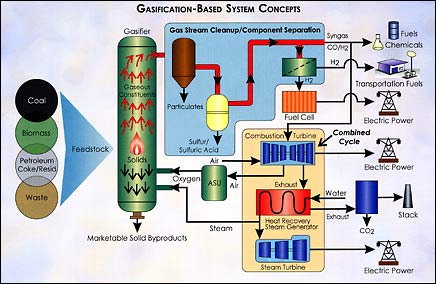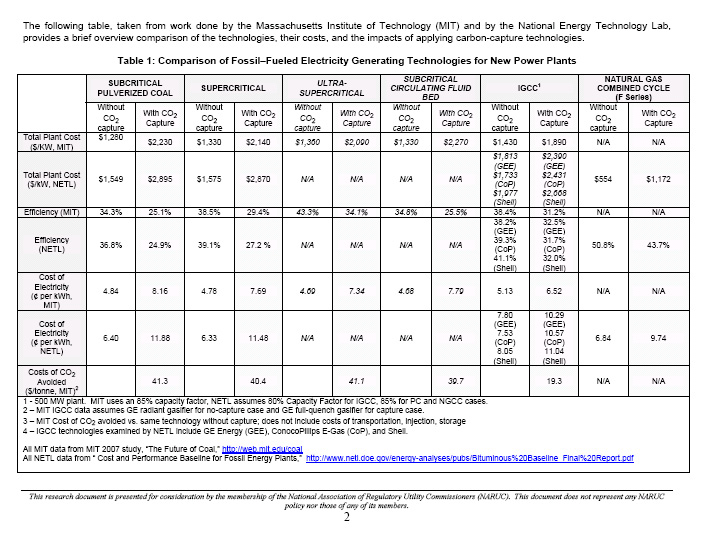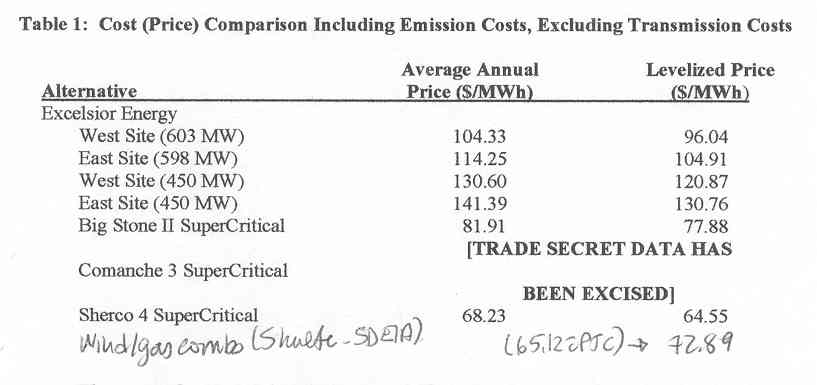Today – Senate Energy Comm. in Rochester
January 15th, 2020

Minnesota Senator Osmek is convening a Senate Energy Committee meeting in Rochester this evening to discuss a DRAFT bill SC5558-6:
6 p.m. on January 15, 2020
Rochester Community and Technical College
Heintz Center Commons
1926 College View Rd E
Rochester, MN 55904
Here’s the letter I just fired off to Committee members:
Be there or be square!
COAL?!?! What are they thinking?
June 29th, 2010
How much did the “Partners for Affordable Energy” pay for this? You can find them at www.powerofcoal.com and www.poweringourlives.com.
Here’s the revealing part, the very last paragraph:
The St.PPP picked up this “article” and yet omitted that closing truth:
Here’s the Bemidji Pioneer article:
Future energy needs still depend on coal
By: Brad Swenson, Bemidji Pioneer
About 50 percent of the nation’s electricity comes from coal, he said. “If not coal, then what? What’s going to make up that volume of fossil fuel?”
Read the rest of this entry »
More on Carbon Capture Pipedream
June 28th, 2010
Time to trot out the “Carbon Capture & Storage” red herring again(and check those teeth, how bizarre!). Yet another study out that shows that Carbon Capture ain’t happenin’ and we’d best be dealing with the problem and not pretending like CCS will save us.
Long-term Effectiveness and Consequences of Carbon Dioxide Sequestration – Shaffer
Bottom line:
The carbon sequestration pathway presented here posits great human effort in the next two hundred years but subsequent human inaction in the spirit of `out of sight, out of mind’. Alternatively, long-term leakage from the ocean or geological reservoirs could be actively countered by resequestration to stabilize climate at some desired level. However, there are serious concerns connected withthis. First, it would be difficult to gauge the global leakage rate that would have to be matched by the resequestration rate. Long-term monitoring of atmospheric CO2 concentrations would probably be the best way to address this but natural carbon-cycle fluctuations would complicate this approach. Second, resequestration would have to be carried out over many thousands of years, a burden for future society not unlike that of long-term management of nuclear waste. By greatly limiting carbon emissions in our time, we could reduce the need for massive CO2 sequestration and thus reduce unwanted consequences and burdens over many future generations from the leakage of sequestered CO2.
This came from a Yahoo News article:
Yahoo News June 27, 2010
Carbon storage faces leak dilemma — study
By Agence France Presse
PARIS (AFP) — Dreams of braking global warming by storing carbon emissions from power plants could be undermined by the risk of leakage, according to a study published on Sunday. [The study itself is available here: http://goo.gl/wygb
Rich countries have earmarked tens of billions of dollars of investment in carbon capture and storage (CCS), a technology that is still only at an experimental stage.
Read the rest of this entry »
NARUC’s and PUC’s odd affair with coal gasification & CCS
December 22nd, 2008
Every now and then, something still surprises me, and here’s today’s surprise… a eagle-eye cohort (with a snow day by the computer? If so, snow therefore can be a good thing) found these links which make me wonder if our Commissioners at the PUC are paying attention to the record of the Mesaba case, if they’re sleeping through they’re NARUC meetings, or both! It’s the PUC, it’s NARUC, whatever are they thinking?
NARUC (National Association of Regulatory Utility Commissioners) has a subcommittee called… are you ready… “Clean Coal and Carbon Sequestration.”
CLICK HERE FOR LIST OF MEMBERS
And look who’s there from Minnesota, Commissioners and Staff:
Phyllis Reha
Minnesota Public Utilities Commission
phyllis.reha@state.mn.usDavid C. Boyd
Minnesota Public Utilities Commission
david.c.boyd@state.mn.us
Bob Cupit
Minnesota Public Utilities Commission
Bob.Cupit@state.mn.us
Here’s NARUC’s Coal Generation Technology Primer, which you have to read to believe…
Minnesota’s Excelsior Energy Mesaba Project was THE first in this IGCC wave to be vetted with cost information somewhat available to the public. So USE IT! But no… Despite all these folks from our Public Utilities Commission who know intimately what a disaster coal gasification is, a la Excelsior Energy’s Mesaba Project, and who are on this Coal Gasification Committee, this NARUC organization that they belong to is putting out information as a “resource” that is way off base. It’s bad enough that they’re on this committee at all because it lends credibility to a losing and not-feasible technology, but this committee’s cost information so far off that it makes me gasp.
Here’s the NARUC chart from that “Primer” for various coal costs both per kW and kWhr, and see for yourself:
Again, the full report (this chart is on p. 2):
So, will someone please explain to me why they are saying that the cost of IGCC is $1,430-1,977/kW, and worse and more specifically, why the Conoco Phillips cost is $1,733/kW when we all know that the Mesaba Project, in 2005 dollars, was estimated at $3,593/kW? Why aren’t David Boyd, Phyllis Reha and Bob Cupit correcting NARUC staff about this claring error, a cost estimate that’s got to increase 100% to get close in 2005 dollars, and it’s gone higher since? Aren’t these NARUC people checking the projects that their members are regulating?
And then there’s the kWhr cost, also outrageous. They’re saying that kWhr cost of IGCC is 5.13-8.05 cents/kWhr. Once more with feeling, here’s the cost chart from Dr. Amit’s testimony:
CLICK HERE for Dr. Amit’s Rebuttal Testimony, p. 24, from whence this chart came.
CLICK HERE for wind/gas combo info from Shulte’s SDEIA report.
…and then there’s this continuing crap about Carbon Capture and Storage, and the NARUC chart has a column for CCS, claiming that IGCC with CO2 capture is $1,890-2,668/kW capital cost, and 10.29-11.04/kWhr. First problem is that they’re acting as if it were happening, and this is something even the DOE admits is not here and now and is not going to be available for a long, long time, so how can they presume? Second, the column is labeld as “with CO2 capture” and doesn’t address storage but there’s no clarification that in industry modeling, they only address capture and transport to the gate, and NOT storage, implicitly acknowledging that storage is not even contemplated. I’m not going to waste more time on this one, grrrrrrrrrrrr…
And it gets worse — CO2 capture for Supercritical Pulverized Coal, Supercritical, Ultra-Supercritical, Subcritical Circulating Fluid Bed…. oh, PUH-LEEEEZE… to presume CO2 capture for pulverized coal is … how else to say it… NUTS! How do they propose this be done?
It’s irresponsible to promote these delusions. Coal Generation Technologies was written by NARUC Staff Miles Keogh and Julia Friedman of the Grants & Research Department got $$$ from the U.S. EPA. PLEASE start digging, even just scratching the surfact, and you’ll see! Get IGCC cost information from each of those Commissions with IGCC proceedings before it and you’ll see, and I would think that info is readily available to you.
Chair Boyd, Commissioner Reha, and the legendary Mr. Bob Cupit… will you please straighten out NARUC as to the facts of coal gasification, specifically cost and CO2 CCS?





